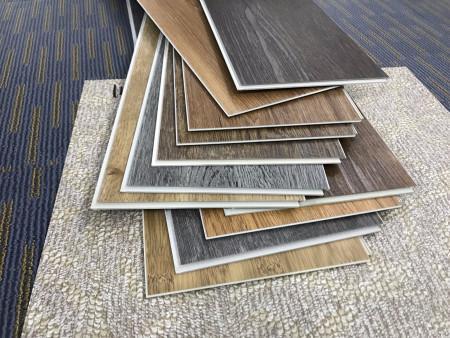

 Industry News
Industry News
Location:Homepage > Media Center > Industry News > Exploring Architectural and Structural Potential of Log Wood
Exploring Architectural and Structural Potential of Log Wood

In recent years, the architecture and construction industries have witnessed a surge in technological advancements revolving around wood. Despite its millennia-long history of use, recent advancements in industrial manufacturing and machining technologies have propelled wood into the spotlight, earning it the title of the "material of the future." Common misconceptions regarding wood's resistance to fire and its suitability for tall buildings have been debunked, paving the way for innovative construction practices.

One of the key benefits of log wood is its inherent mechanical strength, as the longitudinal fibers remain uncut and uninterrupted. Additionally, utilizing trees of varying ages allows for the selective use of small-diameter pieces that might otherwise be discarded. From a sustainability standpoint, log wood structures often employ trees from reforestation efforts, with younger trees effectively sequestering CO2 and mitigating the greenhouse effect.

However, working with natural, raw materials necessitates certain precautions, particularly concerning joints and fittings. Adequate space must be provided for parts to function properly, and connections are typically made using metal pins, dowels, or connectors. Additionally, ensuring the wood is sufficiently dry—below the fiber saturation point—is crucial to prevent cracking or shrinkage over time. Proper finishing is also essential when working with natural materials, though log wood generally requires minimal specialized labor for handling and construction.
In essence, log wood presents a blend of traditional craftsmanship and modern sustainability, offering a promising avenue for architectural innovation in the ever-evolving construction landscape.